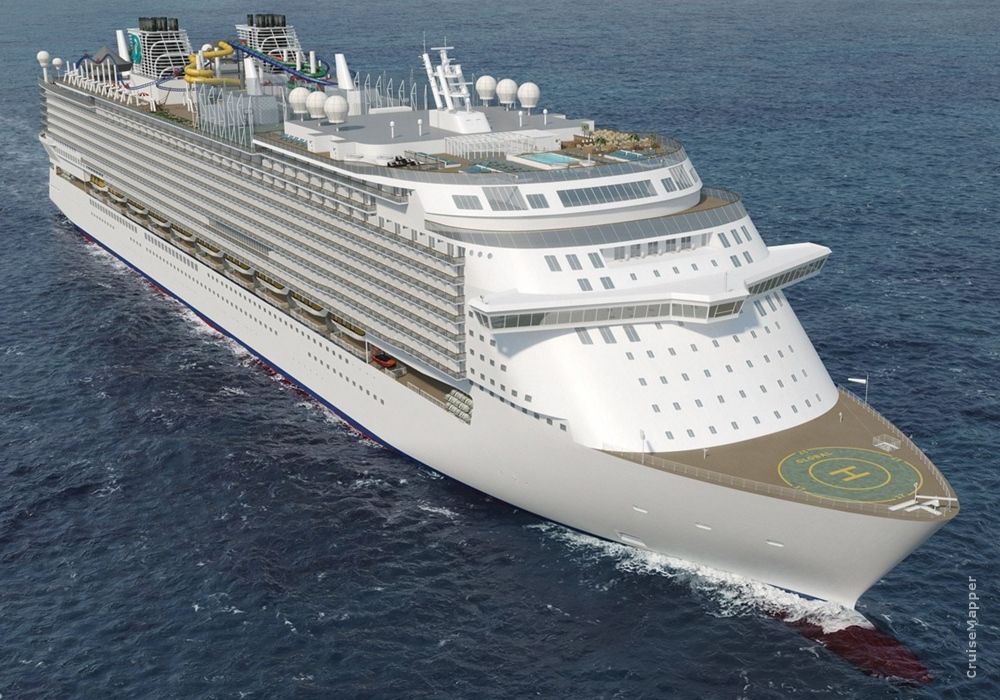In the world of superyachts, the Global Dream II stands as a colossal marvel, boasting the title of the world’s largest with a capacity of up to 9,000 passengers. However, this grand vessel now faces the grim possibility of being reduced to scrap metal. Crafted by MV Werften, a German and Hong Kong-based company, the project was abruptly halted due to the company’s bankruptcy early in 2022.
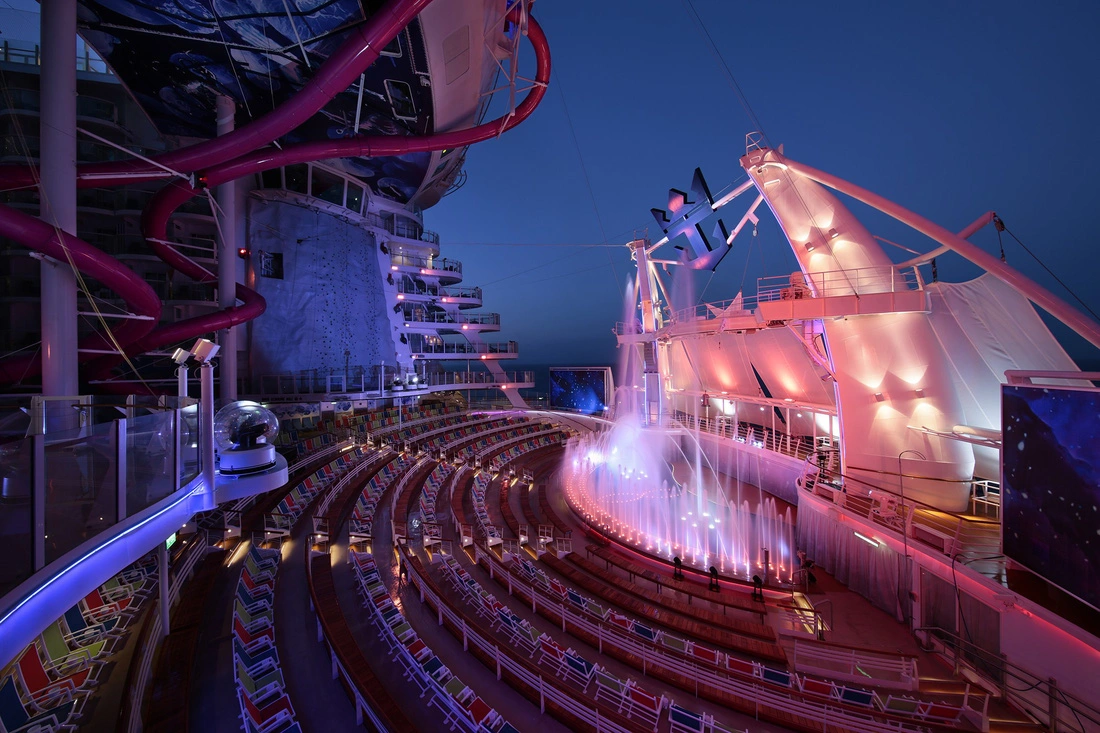
Measuring an astonishing 342 meters in length, 46 meters in width, and towering at 67 meters in height, the Global Dream II was meant to be the epitome of luxury on the seas. It was equipped with opulent amenities, including a theater, a water park, an ice skating rink, and a shopping district.
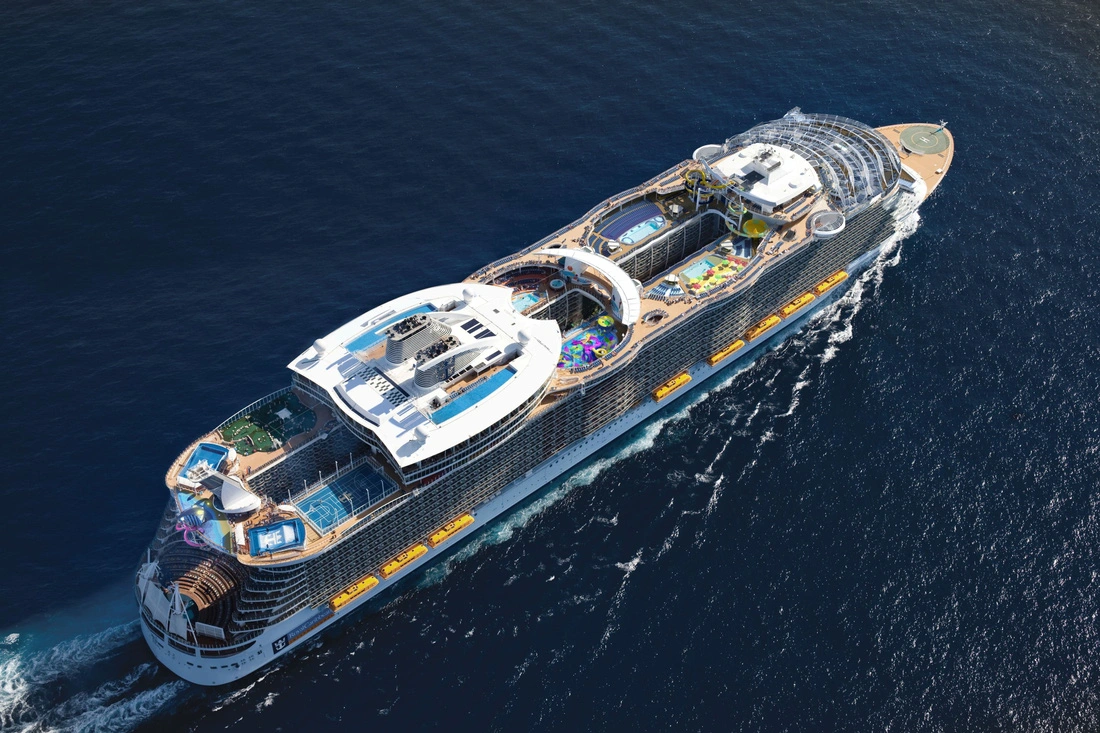
The potential fate of the Global Dream II is a regrettable and colossal waste. An astounding $1.4 billion was invested in its construction, yet it never had the chance to embark on its maiden voyage.
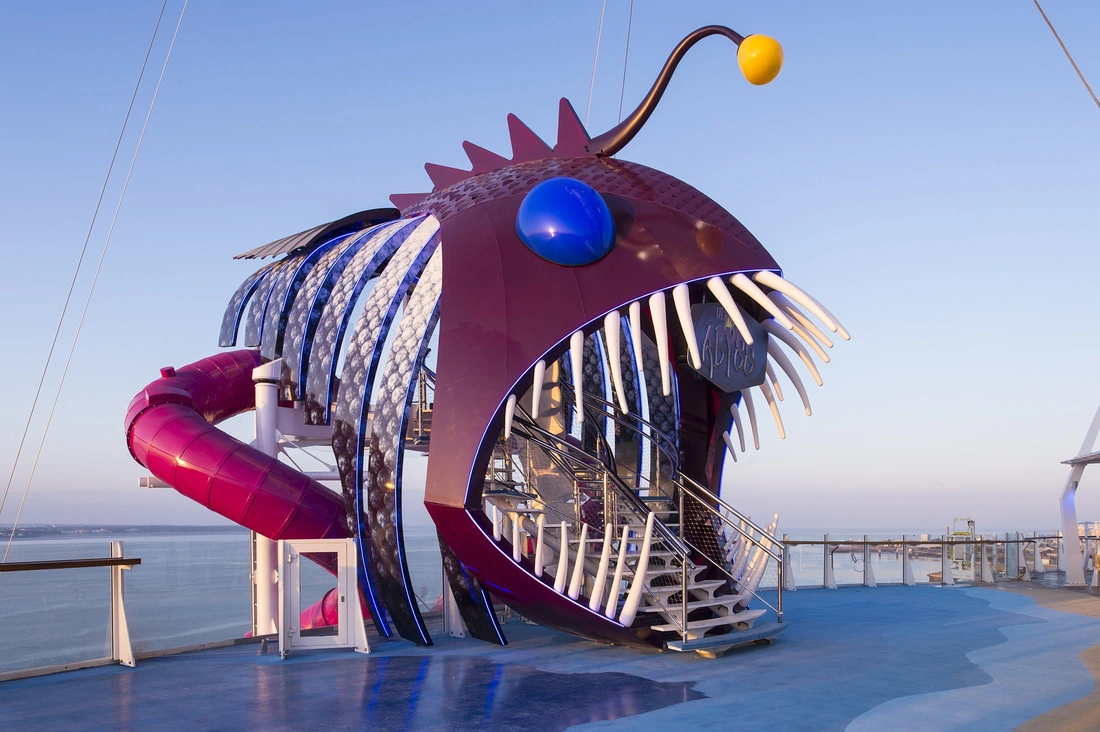
Currently, several companies have expressed interest in acquiring the Global Dream II. However, it remains unclear whether any of them are willing to invest a substantial amount to rescue this mammoth vessel.
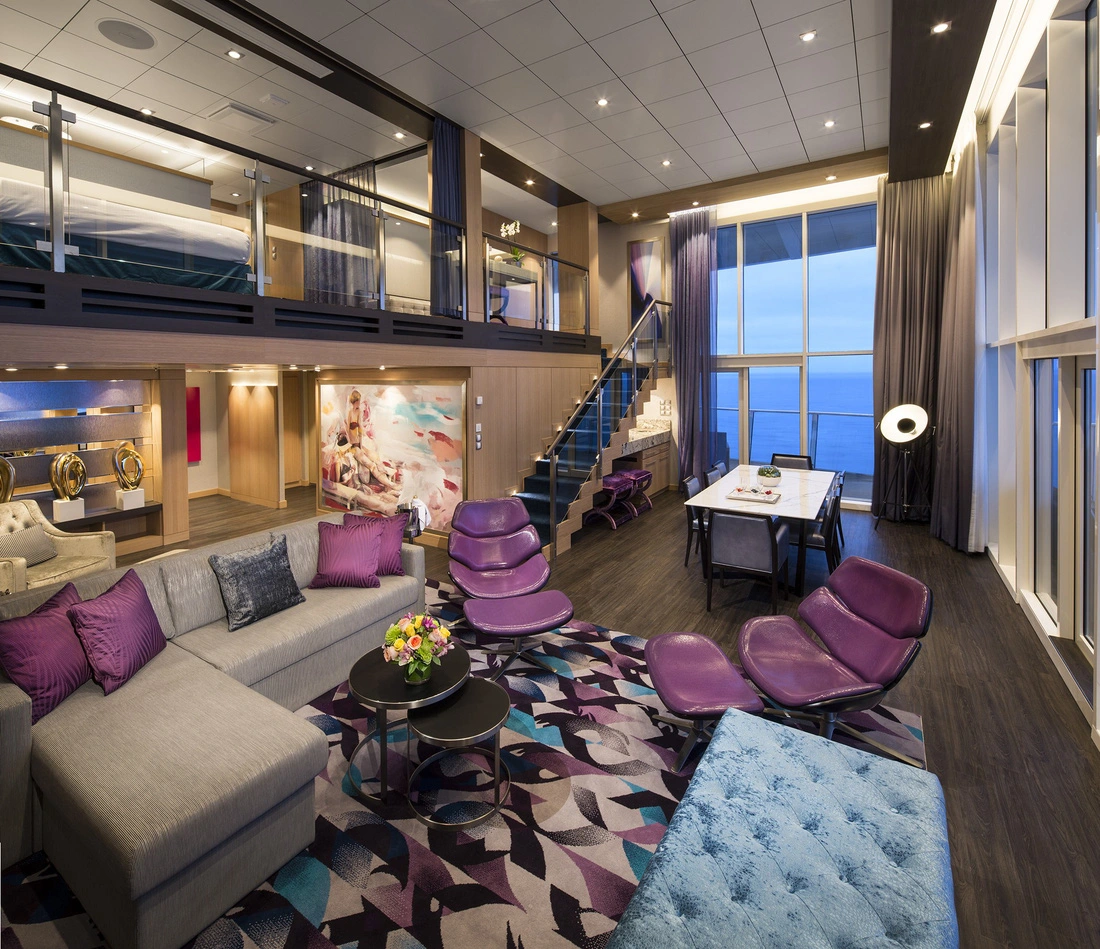
If the Global Dream II remains unsold, it faces the ignoble fate of being dismantled and sold as scrap. This would represent a significant loss for the yacht industry and the German economy as a whole.
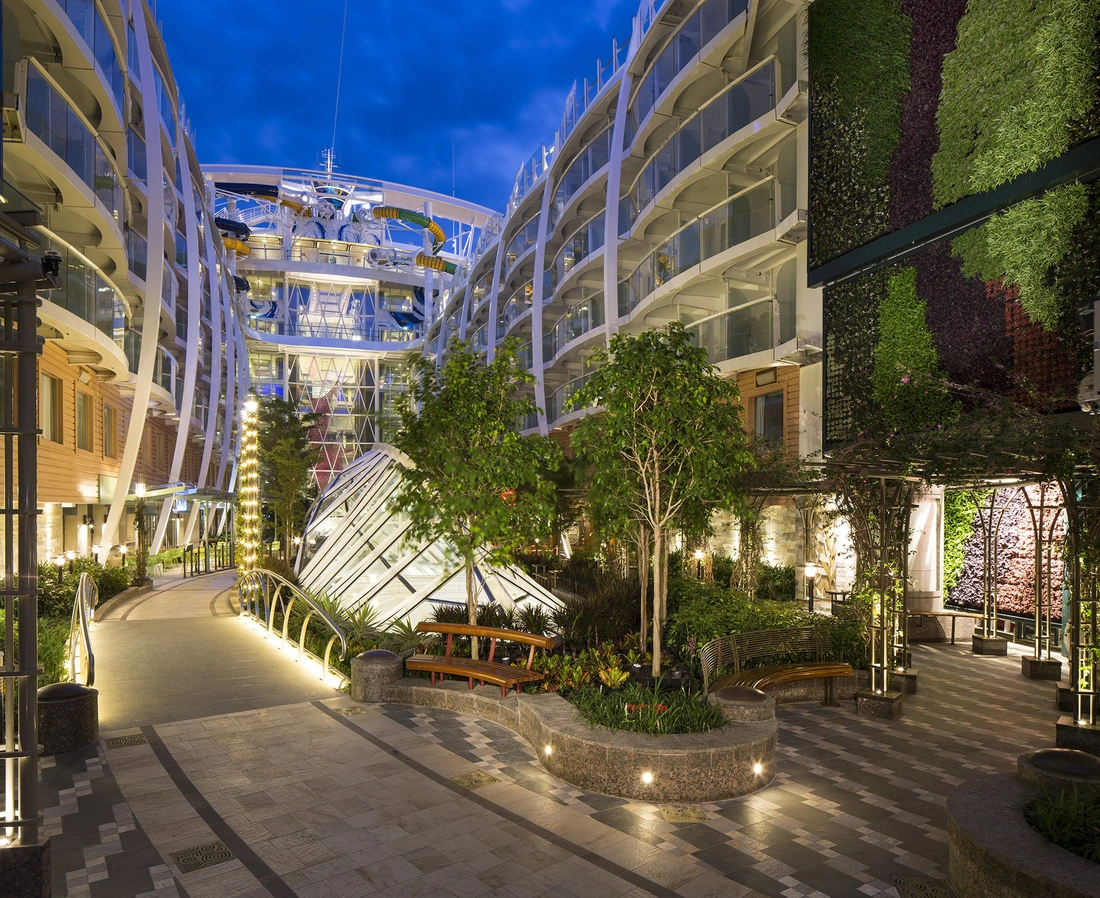
Here are some key factors contributing to the Global Dream II’s risk of becoming scrap metal:
-
Global Economic Crisis: The global economic downturn has led to a significant reduction in travel and tourism, impacting the cruise industry severely. Reduced demand has forced cruise companies to cut costs and rethink their investment priorities.
-
COVID-19 Pandemic Impact: The COVID-19 pandemic has hit the travel and tourism sector hard, with cruise companies being among the hardest-hit. Widespread travel restrictions and fear of infection have severely hampered the cruise industry’s recovery.
-
Complex Investment: The Global Dream II was an extensive and ambitious project that required substantial resources and time. The uncertainty surrounding its completion and the changing economic landscape have contributed to its precarious position.
The predicament of the Global Dream II serves as a cautionary tale for the entire cruise industry. Cruise companies must exercise meticulous consideration before embarking on massive projects, especially in a climate of economic instability.
Title: “Global Dream II: From Superyacht to Scrap Metal – A Cautionary Tale”
The world’s largest superyacht, the Global Dream II, designed to accommodate a staggering 9,000 passengers, is now facing a stark and unfortunate fate: the possibility of being reduced to scrap metal. Constructed by MV Werften, a joint venture between German and Hong Kong companies, this colossal vessel’s journey came to an abrupt halt when the conglomerate filed for bankruptcy in early 2022.
Global Dream II stretches an awe-inspiring 342 meters in length, spans 46 meters in width, and reaches a towering height of 67 meters. The vessel was designed to offer opulent amenities, including a theater, a water park, an ice skating rink, and a shopping district, promising the epitome of luxury cruising.
However, the immense investment of $1.4 billion in this superyacht’s construction may go in vain, as it never had the opportunity to set sail.
While several companies express interest in purchasing the Global Dream II, the uncertainty remains as to whether any will be willing to invest the substantial sum needed to save this monumental project.
Should the Global Dream II go unsold, its future would be a somber one, consisting of dismantling and selling it for scrap. This would mark a significant loss not only for the yacht industry but also for the broader German economy.
Several factors have contributed to the Global Dream II’s precipitous downfall:
-
Global Economic Turmoil: The worldwide economic crisis has brought about a substantial decline in tourism and travel, impacting the cruise industry significantly. Reduced demand has led cruise companies to reevaluate their investment strategies and cost-cutting measures.
-
Pandemic Woes: The COVID-19 pandemic has hit the tourism sector hard, with cruise lines suffering some of the most severe consequences. The pandemic’s effects, such as travel restrictions and health concerns, have hindered the cruise industry’s recovery.
-
Ambitious Endeavor: The Global Dream II was a mammoth undertaking, requiring extensive resources and a significant amount of time. The uncertainty surrounding its completion and the ever-shifting economic landscape have contributed to its precarious situation.
The Global Dream II’s potential transformation into scrap metal serves as a stark reminder and a cautionary tale for the entire cruise industry. Companies must exercise prudence and due diligence before embarking on grandiose projects, especially amidst economic instability.

